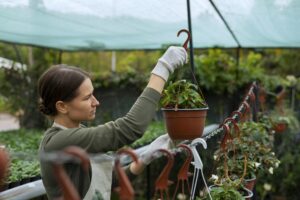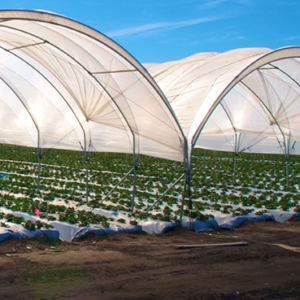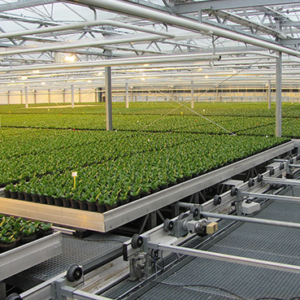
White Plastic Sheeting for Gardens: Secret to Healthier Plants & Better Light Control
Gardening is not just a science, in fact it’s an

Greenhouse plastic isn’t just a protective covering—it’s a game-changer for plant growth. By creating an optimal growing environment, it significantly improves the health, yield, and quality of plants.
Plants need light for photosynthesis, and greenhouse plastic plays a vital role in regulating light exposure:
Greenhouse plastic helps maintain stable temperatures, crucial for plant development. By trapping heat during the day and insulating against cold at night, it ensures plants are not exposed to extreme fluctuations.
Plants thrive in environments with consistent humidity levels. Greenhouse plastic helps retain moisture, reducing the need for frequent watering and preventing plant stress.
By investing in high-quality greenhouse plastic, growers can significantly enhance plant growth, leading to healthier plants and higher yields.

Gardening is not just a science, in fact it’s an

Normally when we visualize a greenhouse, what do we imagine

The success of your greenhouse largely depends on the type